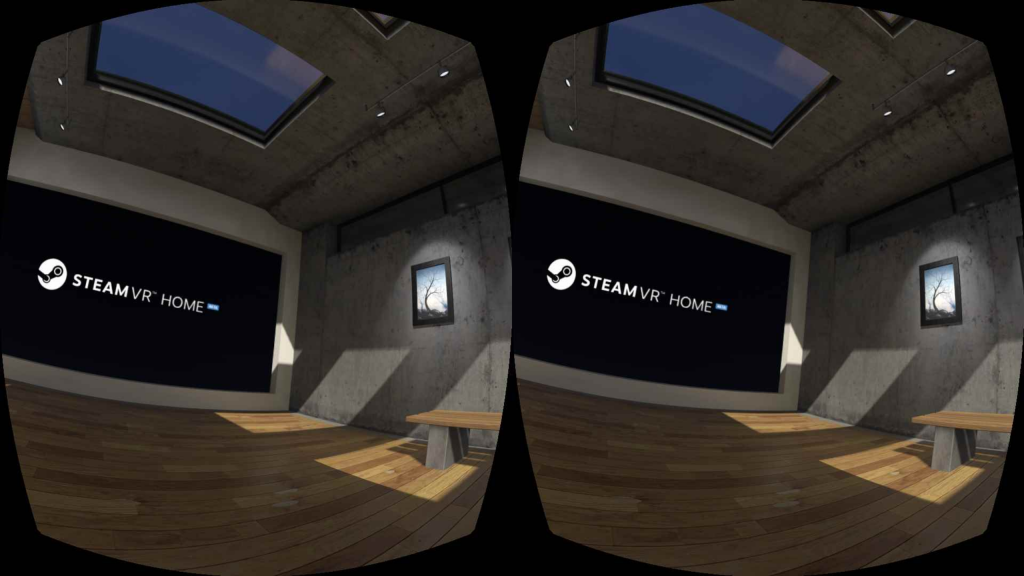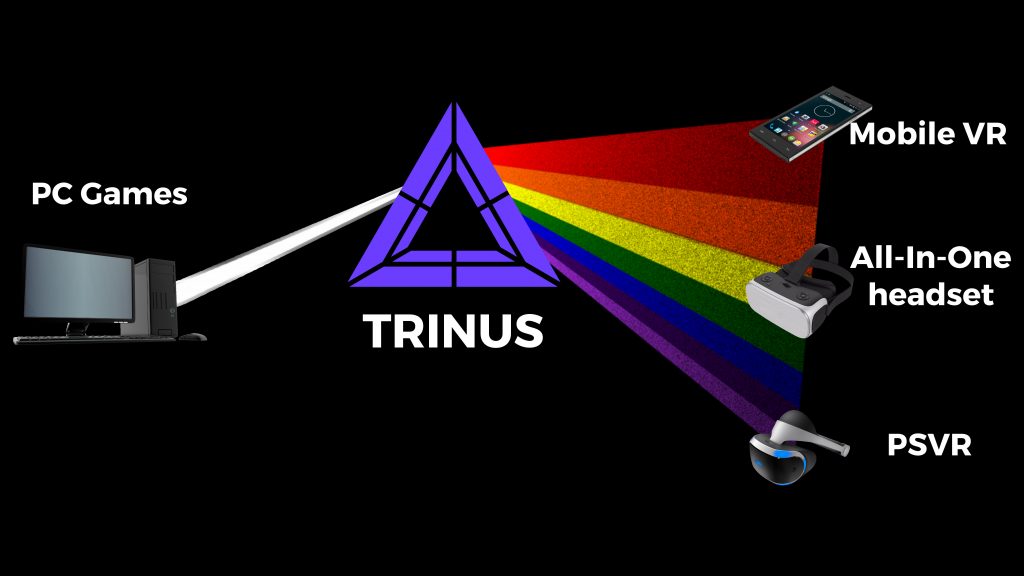by Xavier Selva
19th November, 2018 (with some updates later on)
A few years ago I got to play with a gliding simulator called Condor. I like flying in real life, gliding in particular, but due to some personal reasons (life giving me lemons, I guess) I couldn’t go up the skies very often. So I started simulating it to try and get it out of my system. It wasn’t enough.
I don’t remember exactly how I came up with the idea but it was linked to TrackIR systems (a 6dog, IR light tracking setup from... early this century?). The issue I had with such systems was having to squint my eyes to see the monitor while turning my head, or needing to set an unrealistic scale (eg. turning 15 deg in real life = 45 or 90 in game).
So I thought it would be neat to use the phone to track head movements (3dof at least) and look around (part of the beauty of gliding is silently enjoying the views through the large canopy)… and then using the same phone as a display, because having to force eyes to look back at the monitor was partially useful, but not so immersive.
So I started experimenting with my Samsung Galaxy S (the first one, still have it). But I had two problems, one: there wasn’t any software that would do what I needed (just limited desktop streaming apps but nothing for head tracking), and two: no proper way to hold the phone in front of my face and focus on the screen. You see, I can manage the IT stuff but when it comes to making physical things, well, it’s just not my thing. After a few bad attempts with a ‘cap phone holder’, I gave up and dropped the idea.
Some time afterwards I heard about the Oculus Rift prototype, the device to finally make virtual reality… a reality (and help us forget the Virtual Boy). As a product in early development, which would be pricey and not commercially available for a good while, it was an inspiration to get back to my idea. So I researched some more. I visited DIY forums, checked projects using bulky LCD modules, scavenged lenses, tape… lots of tape. The home made projects had potential, but it all seemed a bit expensive and complicated for me (specially with my lacklustre crafting skills). I still thought I should be able to use my smartphone as it had all the hardware I needed, but with no proper way of holding it and no suitable software… I got back to playing games, the old fashioned way.

Nice try Nintendo, nice try...
Then (third’s the charm) Google Cardboard stormed in, with other models following suit and opening the chances for inexpensive VR. I jumped back in the game, did some more research, more DIY, tested broken pieces of software and scripts… till I reached a point where I thought, “you know what? I could use this, I just need to make the right software for it”.
Thus, Android Rift was born. First prototypes were rather simple and limited. It’s funny to look at it (https://www.youtube.com/watch?v=994j9agMc0s) now. UI was extremely primitive (kind of like 80s hairstyles, a dark patch in our history), still far from a proper VR experience. Quality/performance was far from ideal too, but it worked, so I decided to post it online.
People seemed to like it, so I took it more seriously, dedicating more and more time, until I had to make the risky call: quit the job, focus on this. I have been working on Trinus full time since January 2015. Improving every aspect and adding plenty of customisation options, to ensure the software will work with most systems. More importantly, because there are not that many VR games, Trinus is designed to be compatible with a vast library of games. For example, Trinus for Cardboard will let you play the original Doom, on an Atom processor, at about 40 frames per second (which is quite good considering the low power CPU). Using more serious hardware, I can play modern games like Assetto Corsa at almost
60fps.
Trinus became popular, which gave me the chance to continue on my mission to deliver affordable quality VR. First came a version for All In One VR headsets, then Trinus PSVR to connect Sony's headset to the PC and enjoy all the SteamVR exclusives.
In November 2018 a new Trinus version was released, in collaboration with Intel™, to deliver unprecedented PC VR quality to Daydream. Unfortunately, that got cancelled by Google.
Trinus (for Daydream) is still available though, so you can go have VR fun with a 'pre-retro' platform

That’s how Trinus came to be… but what is Trinus VR, exactly? Well, to answer that I will need to go to the basics.
Back in 1956 a man called — ok, that might be too far back. Let’s just say the concept for Virtual Reality has been around for a good while. In it’s broadest definition, VR refers to the perception of a world that doesn’t exist, a fiction (like games, movies, scientific models, etc.) in which we can interact to a certain level. To create such simulation, mechanisms to fool our senses and interpret our movement are required.
Devices like the Oculus Rift have a mount with a screen that you put on your head. The screen is placed very close to your eyes so, in order to be able to focus on it a set of lenses are used, the same principle as using a magnifying glass to see tiny things. The final element is a set of sensors that can track you. These are used to know where your head is, where you are looking at, and determine what image should be shown on the display. So we have a mount, a screen, lenses and sensors. Oh, and a PC, a machine capable of generating high quality images matching your input. Now that’s the PC VR approach, which can be great but a bit pricey, because of all the hardware involved.

Then there is the Google way. Google released the design for Cardboard: a simple mount that only included the lenses. You bring your own phone to act as screen and sensor device. That’s much cheaper! BUT, there is a problem: the virtual world is generated by the processor of the phone, not the PC. So it is much cheaper, but we lose the capabilities of the PC, namely, the high quality 3D world rendering, the flexibility in input methods
(keyboards/mouse/gamepads/joysticks) and the much more extensive software library.
What if we could combine the best of the two options, low cost and high quality… [drum roll, please] that would be cool, wouldn’t it? Well, that’s what Trinus does [tada!] (sorry, I’m keeping the marketing costs down). It is a hybrid solution that uses your phone to keep costs low, and your PC to benefit from it’s power and features.
The new Trinus VR improves on the same formula by using newer Google's Daydream platform, combined with Intel™ optimised streaming technology. Delivering up to 2560x1440@75hz video, Trinus for Daydream far exceeds original Trinus for Cardboard capabilities to take affordable PC VR to the next level.
And since Trinus now supports Google's Worldsense, using the Lenovo Mirage Solo we can have full 6 degrees of freedom tracking, without cables. An ideal solution for VR Arcade venues to cut on setup and maintenance costs.


